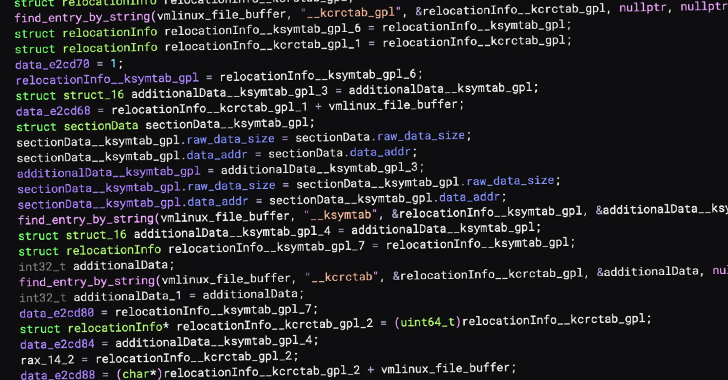As cyber threats continue to evolve, traditional security models are increasingly inadequate. The days when a strong perimeter defense could protect an organization’s assets are long gone. In today’s interconnected and cloud-centric world, the need for a more robust and adaptable security framework has given rise to the concept of Zero Trust Architecture (ZTA). This approach fundamentally rethinks how we protect networks, data, and systems.
What is Zero Trust? Zero Trust is a security model that operates on the principle of “never trust, always verify.” Unlike traditional security models that assume everything inside the network is trustworthy, Zero Trust requires continuous verification of every user, device, and application, regardless of their location within or outside the network. Core Principles of
Zero Trust Least Privilege Access: Users and devices are granted the minimum level of access necessary to perform their tasks. This reduces the potential damage caused by compromised accounts or devices. Micro-Segmentation: Instead of relying on a single, large perimeter, Zero Trust breaks the network into smaller segments. Each segment is independently secured, minimizing the risk of lateral movement by attackers within the network.
Continuous Monitoring and Validation: In a Zero Trust model, authentication is not a one-time event. Instead, continuous monitoring and validation of identities, devices, and applications are conducted to ensure they remain trustworthy.
Assume Breach: Zero Trust operates under the assumption that breaches will occur. Therefore, it emphasizes detecting and responding to threats quickly to minimize damage. Why Zero Trust Matters
Protection Against Advanced Threats: Zero Trust is designed to protect against sophisticated attacks such as phishing, insider threats, and advanced persistent threats (APTs). By continuously verifying access and limiting privileges, organizations can better defend against these evolving threats.Adaptability in Cloud and Remote Work Environments: With the rise of cloud computing and remote work, the traditional network perimeter has dissolved. Zero Trust provides a security framework that is flexible enough to secure assets, whether they are on-premises, in the cloud, or accessed remotely. Compliance and Regulatory Requirements: Many regulatory frameworks now emphasize the importance of securing sensitive data. Implementing a Zero Trust model can help organizations meet these requirements by ensuring that only authorized users have access to critical information.
Reduced Risk of Insider Threats: Insider threats are notoriously difficult to detect. Zero Trust mitigates this risk by limiting access based on role, continuously monitoring behavior, and requiring multi-factor authentication (MFA) for access to sensitive resources.
Challenges in Implementing Zero Trust Complexity: Implementing a Zero Trust Architecture can be complex, particularly in large organizations with legacy systems. The process requires a thorough understanding of existing infrastructure and careful planning to ensure a smooth transition. Cost: The initial cost of implementing Zero Trust can be significant, including investments in new technology, training, and changes to existing processes.
Cultural Shift: Moving to a Zero Trust model requires a shift in mindset across the organization. Employees need to understand the importance of security and be willing to adopt new practices, such as more frequent authentication and stricter access controls.


